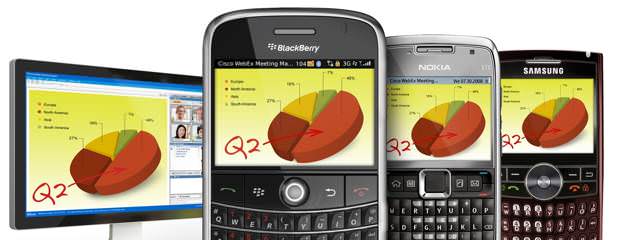
Despite pleas for more weather video
With that said, although, I have to point out one of the most pointless comments I've heard on The Weather Channel in a long, long time. In one of their "Weather Live" segments while an evening, the hosts urged everyone with smartphones, WiFi cameras or any network-centric video device to take photos of an incident and shoot them right to the Weather Channel.
First, let me give you some of my credentials. I have been involved in the use of RF innovation for more than 30 years as a Ham Radio operator and supporter of emergency management efforts, local, statewide and even nationally for a bit. While that time, I have operated a variety of modes including digital modes, voice modes and even Morse Code.
Streaming radio and video are severe bandwidth hogs which can saturate your connection and cripple critical Internet applications. Audio and video content can quickly create a network bottleneck especially in peak times or while events of interest, for instance during news, entertainment and sports events.(my emphasis)
Yes, other information can access this network, however that's only when the before information has been sent through. There's another set of frequencies that a re slightly different and adds 2100 MHz. Again, there's only so much bandwidth available for these frequencies.
Then, there's the CDMA networks which have the same limitations and they don't work with the GSM/HSPDA. Sprint, which is slowly switching over the GSM, however uses CDMA networking.
That's why the National Weather Service is pushing for an expansion of the Skywarn Weather Spotting program and there are as well making furthermore use of Voice Over IP links. Many of these VoIP links are in fact linked Ham repeaters that can take information via standard Ham reports or via the Internet.
- · Rackspace debuts OpenStack cloud servers
- · America's broadband adoption challenges
- · EPAM Systems Leverages the Cloud to Enhance Its Global Delivery Model With Nimbula Director
- · Telcom & Data intros emergency VOIP phones
- · Lorton Data Announces Partnership with Krengeltech Through A-Qua⢠Integration into DocuMailer
